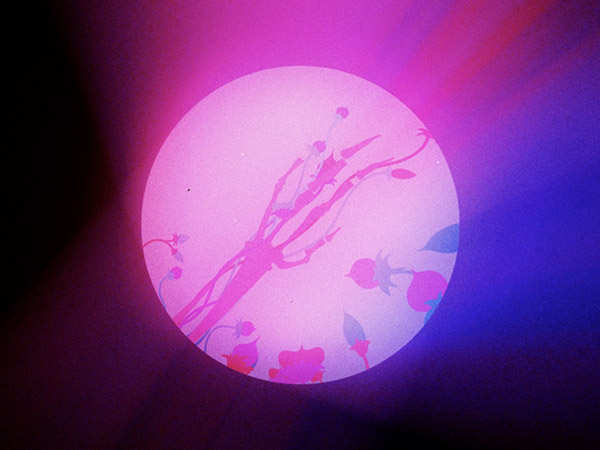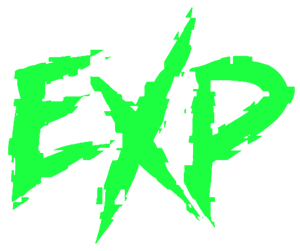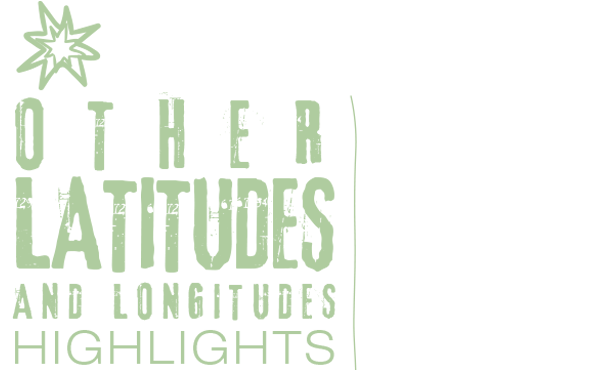
Great representatives of contemporary experimental cinema from China, Australia, Belgium, Canada, Norway, the United States, the United Kingdom, Poland, Lithuania, Austria, France and Germany.
Programmer:
ÓSCAR PICO
PART 1
8 SHORT FILMS
56min. 48s.
RUNTIME
1.
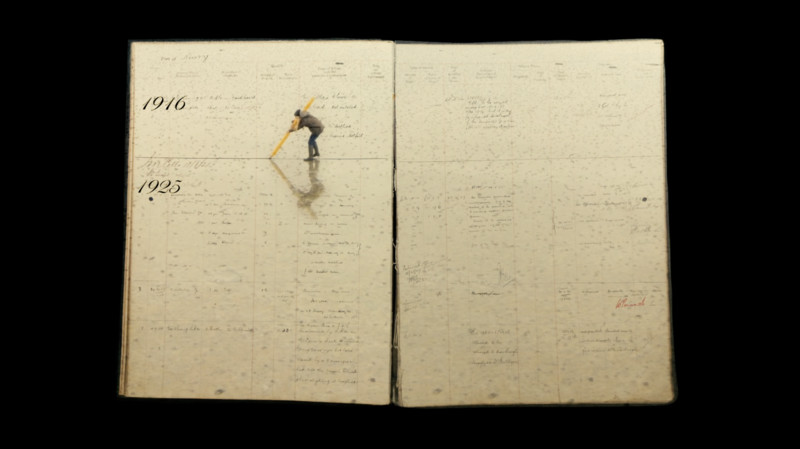
A Line Was Drawn
Una línea fue dibujada
—————————————–
Mairead McClean
—————————————–
A Line Was Drawn weaves together material from a number of different sources including animated sequences, television and film archives, and two distinct voiceover narrations. The work explores issues of how our world is structured through the creation of borders and boundaries limiting movement, thinking, questioning and agency. An integral part of the maintaining of these delineations is the control over the narratives around them. This film meditates on the need of an individual to have their voice heard in the midst of rules of storytelling and dominant historical narratives. Underlying this is the relationship between human body and land, the body of land and the sea, the body of language and its separate words, the performer and her actions, the bodies that make the film and the politics that erects partitions for the purposes of control.
2019, United Kingdom | 13min. 30s.
2.
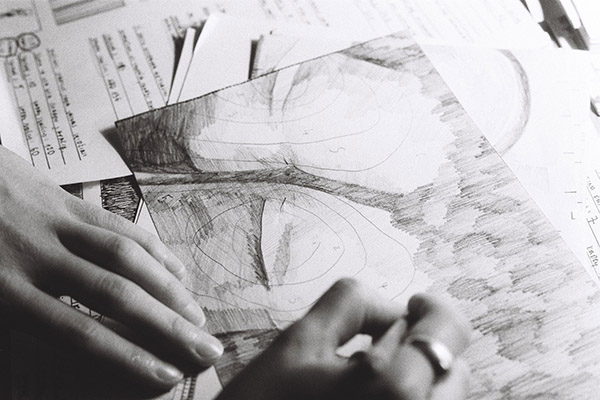
Šukavimas
Combing
—————————————–
Eglė Mameniškytė
—————————————–
Combing is a meditative act leading to contemplation and introspection. It is an animated self-portrait sculpted in motion and time about memory and relationship with the other. Hair becomes a symbolic thread that connects past and present, memories and the current father-daughter relationship.
2019, Lithuania | 5min. 11s.
3.
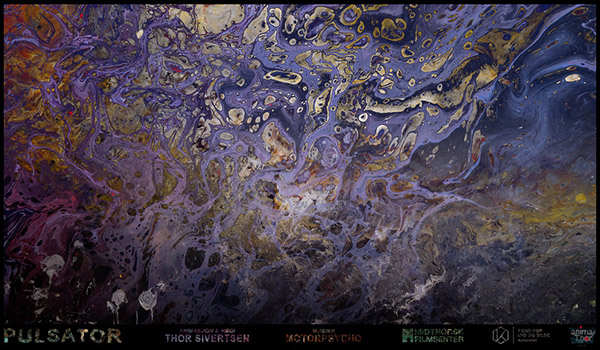
Pulsator
—————————————–
Thor Sivertsen
—————————————–
Abstract animation using stop-motion and digital techniques.
2019, Norway | 5min. 15s
4.
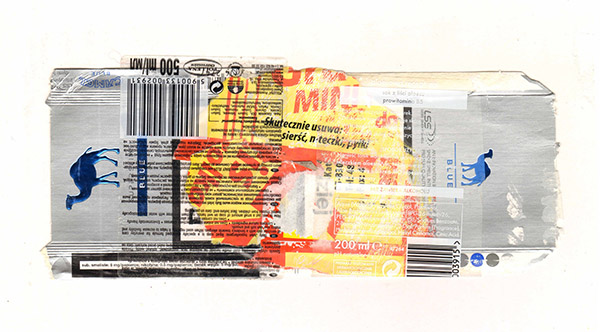
Rok
Year
—————————————–
Małgorzata Bosek-Serafinska
—————————————–
The film is dedicated to the memory of Marek Serafinski, an animation filmmaker and producer, privately the director’s husband. It is a graphic and sound diary created from everyday life paper waste: labels, tickets etc. and cigarette packages of one chain smoker, accumulated by one collector within six years. It shows the degree of addiction, determination and a kind of addiction of the collector as well as a passage of time in that strange symbiosis of their shared life.
2018, Poland | 11min. 40s.
5.
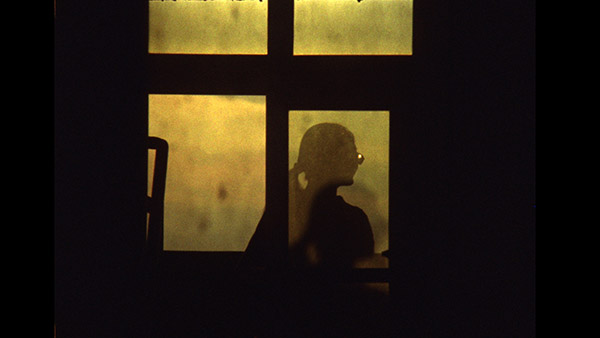
Gutai
—————————————–
Wenhua Shi
—————————————–
Wenhua took on a radical use of single frame image capture and examines his strange and familiar hometown in China, which he has been away from for nearly two decades. The film title comes from postwar Japanese avant garde artist group Gu-Tai. The kanji ( Chinese) used to write ‘gu’ means tool, measure, or a way of doing something, while ‘tai’ means body. The film is the result of intense looking and seeing what might not be there.
2019, China | 6min.
6.
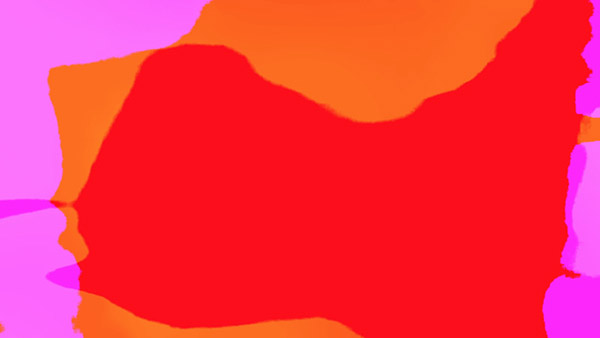
Tremble & Dance – Tremor at the edge of vision
—————————————–
Greg Penn
—————————————–
My practice is a process of manipulation of forms requiring knowledge taken from different languages in visual art. ‘Tremble & Dance’ explores both haptic and scopic experience in relation to digital media; where an understanding of bodily experience develops across time and space. • To be aware of what you see and hear, not through analysing but through seeing and hearing not from the self as conditioned thought but as a self-aware, observing, insightful individual. • To begin to address the in balance of what we call ‘progress’ associated with technological developments shifting emphasis on the importance of internal over the external. The work asks the viewer not just to be in communion with what they see and hear but also, to be in communion with oneself. Additional details about the title Tremble & Dance – Tremor on the edge of vision ‘Tremble & Dance’ refers to the idea that if we attentively observe very small particles, such as a speck of dust or a grain of pollen, suspended in still air or in a liquid, we see them tremble and dance.(1) ‘Tremor at the edge of vision’ (2) was taken from a book titled ‘Peregrine by J.A. Baker, a classic of British nature writing, first published in 1967. Th description by A.J Baker reminds me of Thomas Nagel’s, “What Is It Like to Be a Bat?” published in The Philosophical Review in October 1974, and later in Nagel’s Mortal Questions (1979), which presents several difficulties posed by consciousness, including the possible insolubility of the mind-body problem, the “phenomenological features” of subjective experience, and what it means to be a particular, conscious thing. (3) (1) Rovelli, Carlo, Extract from ‘Reality Is Not What It Seems’, Riverhead Books, 2014 (2) Baker, John Alec, The Peregrine, A.J. Baker, 1967, Harper & Row, Pg.10 (3) Nagel, Thomas (10 March 2005). Honderich, Ted (ed.), The Oxford Companion to Philosophy. Oxford: Oxford University Press. p. 637.
2019, Australia | 2min. 42s.
7.
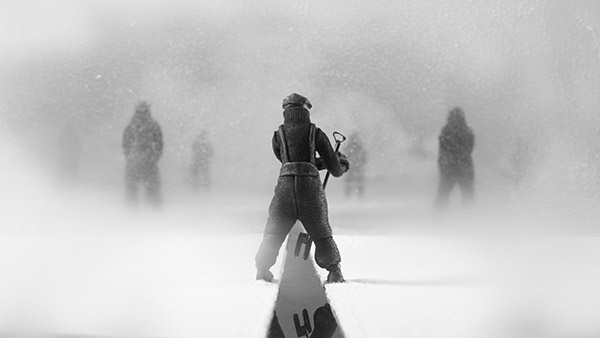
Freeze Frame
—————————————–
Soetkin Verstegen
—————————————–
Freeze frame: the most absurd technique since the invention of the moving image. Through an elaborate process of duplicating the same image over and over again, it creates the illusion of stillness. In this stop motion film, identical figures perform the hopeless task of preserving blocks of ice, like archivists. The repetitive movements reanimate the animals captured inside.
2019, Belgium | 5min..
8.
